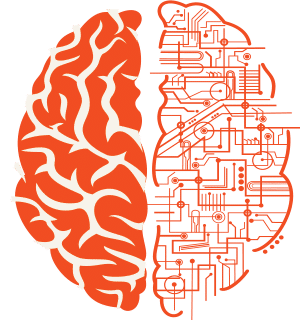Art Processing Sharing Blog


 http://www.utdallas.edu/centraltrak/calendar.htmSynesthetic Reactor: A Sound and Video Installation by ThorrificThor Johnson’s interactive video installation detects light, motion and audio levels to generate images and sound. The participants experience the archetypes of the collective unconscious mediated through technology. The juncture between light waves affecting the visuals and sound lends a synesthetic quality to the work. There are certain elements that are constant yet the work is in continuous flux and the sense of time is distorted.-----------------------------------------------------super preliminary testing of one component of the Synesthetic Reactor
http://www.utdallas.edu/centraltrak/calendar.htmSynesthetic Reactor: A Sound and Video Installation by ThorrificThor Johnson’s interactive video installation detects light, motion and audio levels to generate images and sound. The participants experience the archetypes of the collective unconscious mediated through technology. The juncture between light waves affecting the visuals and sound lends a synesthetic quality to the work. There are certain elements that are constant yet the work is in continuous flux and the sense of time is distorted.-----------------------------------------------------super preliminary testing of one component of the Synesthetic ReactorHi, here is a new video, lots of MSG (background layer) and MSG generation path starts along with Time Particles in the paint synth, the "Piggy" figure I made in ZBrush and then animated in Blender, with embedded alpha channel, then took into Studio Artist and made into several different kinds of Movie Brushes. Several layers composited together in Blender. Music made with Bespoke Synth and my Shenai. If anyone has any questions about how it was done I'd be happy to explain more.…
I am not sure if this forum is active anymore... I thought it would be fun to post a very early piece of mine made with, probably, SA3 or 4. I have been a user since 2001.
"Chromosome Rain", 2010
Another experiment painting with Paint Synth vector based presets. Captured rather than output to file.
Either the night sky before the Day of the Triffids - or a closup of Star Treks The…
A capture of a PasEq playback (all I had left after a crash) I didn't save the over sized Paint Synth Presets that I was adjusting and testing... But I did save the PAsEq. This would be what…
Working with Source .png Images Turning the alpha channel on for transparent .png backgrounds When using .png source images with transparent backgrounds, you will need to set Canvas > Selection > Set to > Source Alpha and then Check Mask…
Basics of the Dual Paint Mode, Concepts and How to Create Your Own Dual Paint Presets For More Information on Dual Paint please see this DUAL PAINT POST For More Information DUAL PAINT POST
The post…
How to Erase the Canvas To erase the canvas choose the Eraser Icon at the top of the Interface or choose Canvas > Erase to See this Post for more detailed information on the canvas eraser options.
The post…
Everything You Need to Know about Studio Artist Presets and Preset Management
The post Preset Management Video appeared first on Studio Artist…
Resizing the Canvas Please see this tip on Resizing the Canvas And how to Resize the Canvas for High-Resolution Print
The post Resizing the Canvas appeared first on…